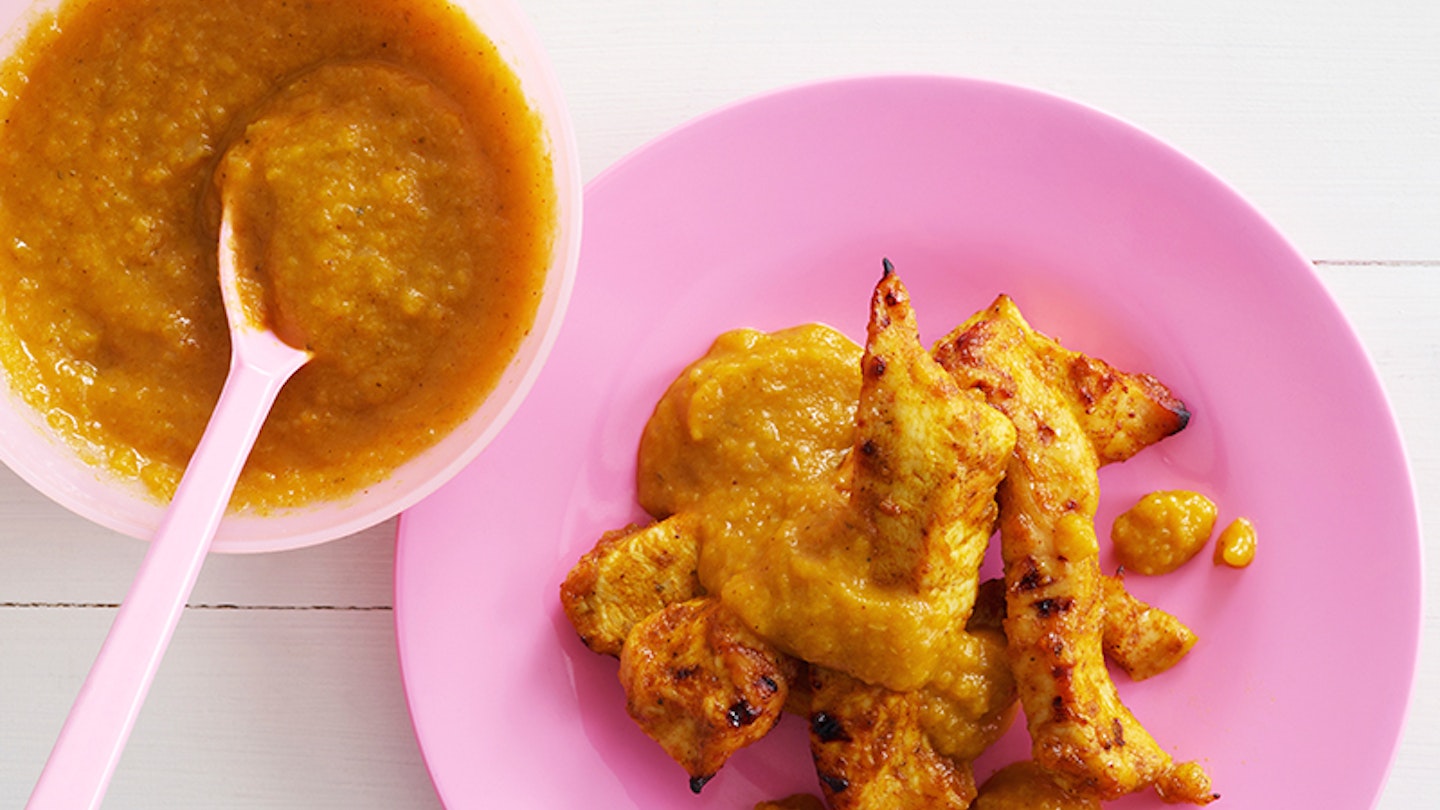Vegetable purees and carrot sticks are often the go-to baby foods when we’re weaning our babies off breastmilk, but is this the same as other cultures and countries around the world? We take a look at some of the common first solid meals babies enjoy around the globe, from India to Peru.
9 First foods from around the world:
First Food Around the World
 1 of 9
1 of 91) Japan
Most parents start their babies on baby rice porridge known as okayu, graduating onto carrot or pumpkin puree as the weeks pass. Japanese babies are no stranger to nutritious miso soup either, which they commonly begin enjoying from their first birthday.
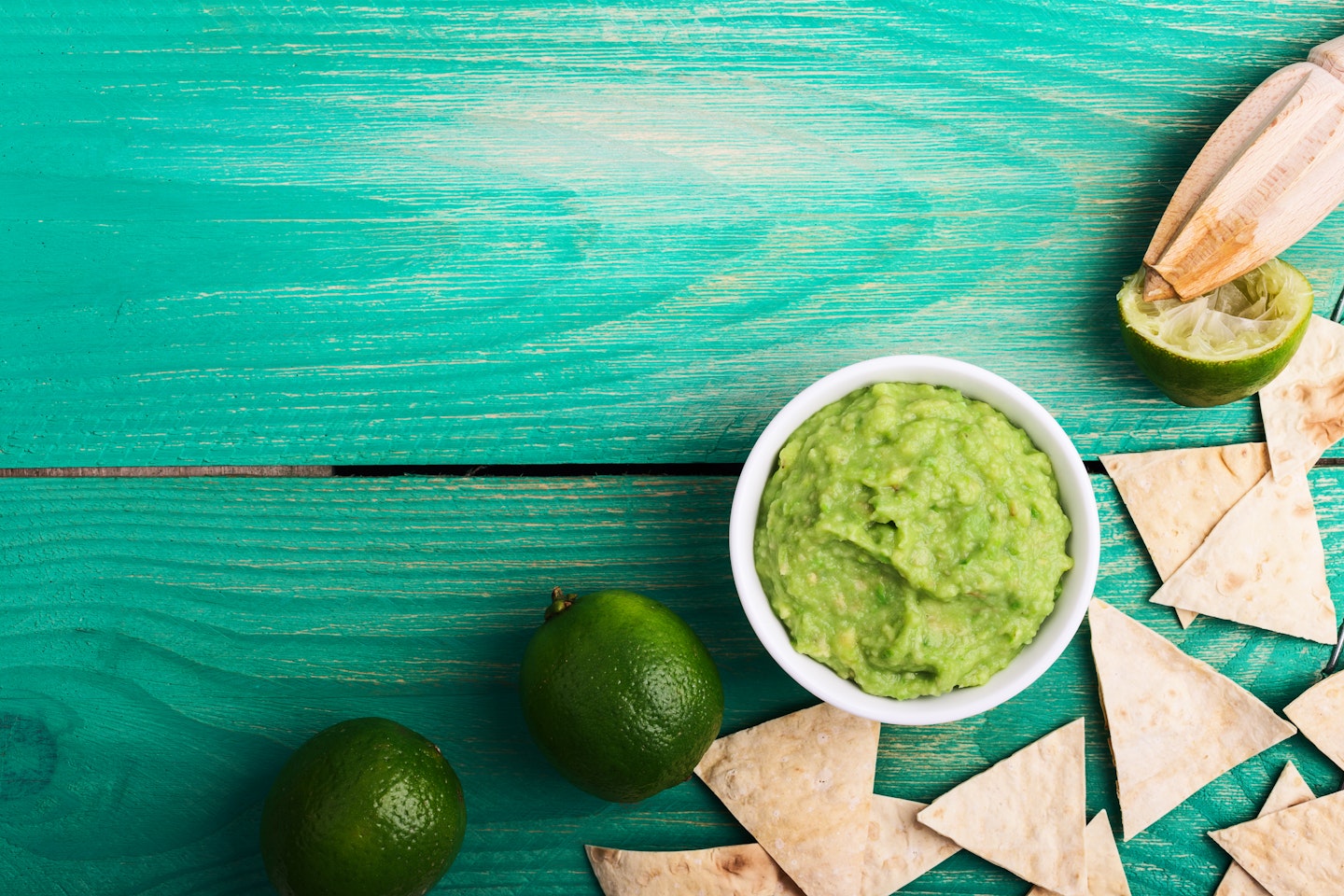 2 of 9
2 of 92) Mexico
Like many other Latin American countries, Mexicans wean their babies off breastmilk with soups, tortillas, avocado, beans and fruits like papaya. Mexican mums are also known to add sprinklings of chilli powder and a splash of lime onto fruit as a tasty snack.
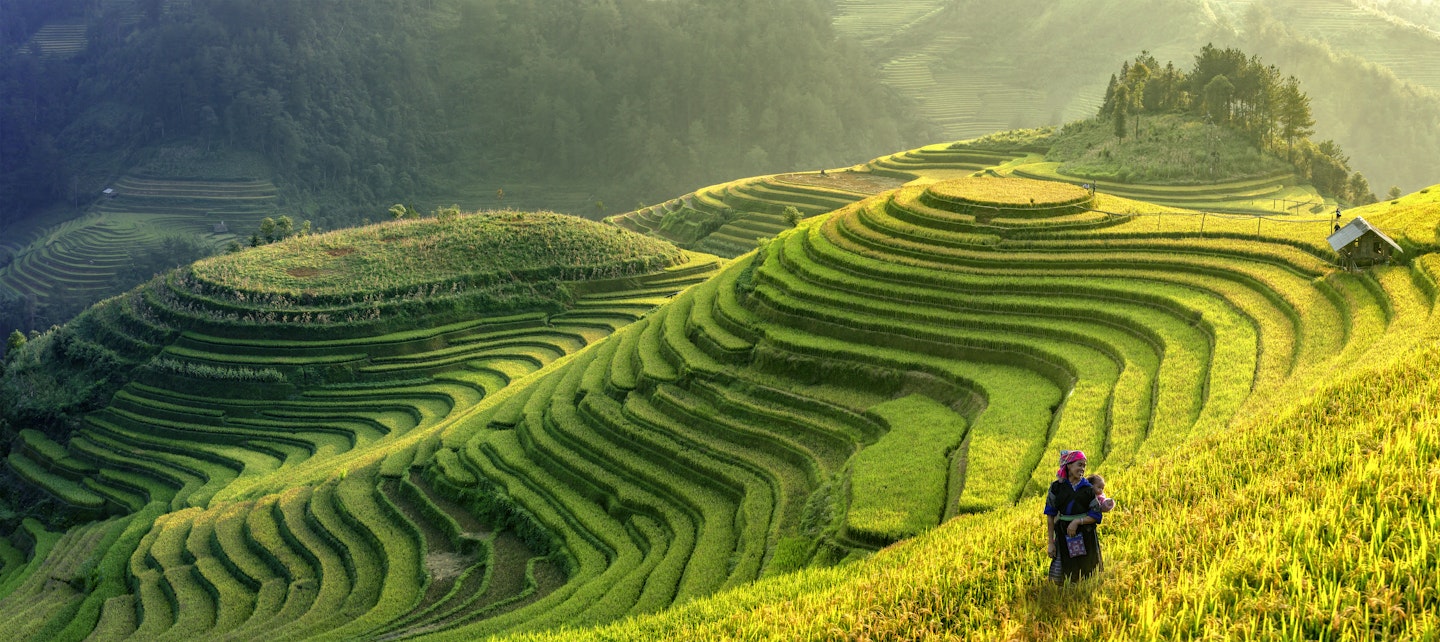 3 of 9
3 of 93) Vietnam
The first solid food given to babies in Vietnam is usually pureed rice porridge, cooked with either water or chicken broth until the rice has disintegrated, with veggies like carrots added as a second stage. When children reach 18 months to two years, more complex soups and stir-fries are given.
 4 of 9
4 of 94) Sweden
From around the age of six months, välling becomes the cornerstone of the Swedish baby's diet. A processed wheat-based cereal, similar to oatmeal, it is thicker than formula and fed to babies in bottles.
 5 of 9
5 of 95) Peru
As with a number of other South American countries, the first tastes of solid food a baby gets in Peru is granadilla (the pulp without the seeds), a type of sweet passion fruit that’s a good source of fibre and essential minerals, including phosphorus, iron and calcium.
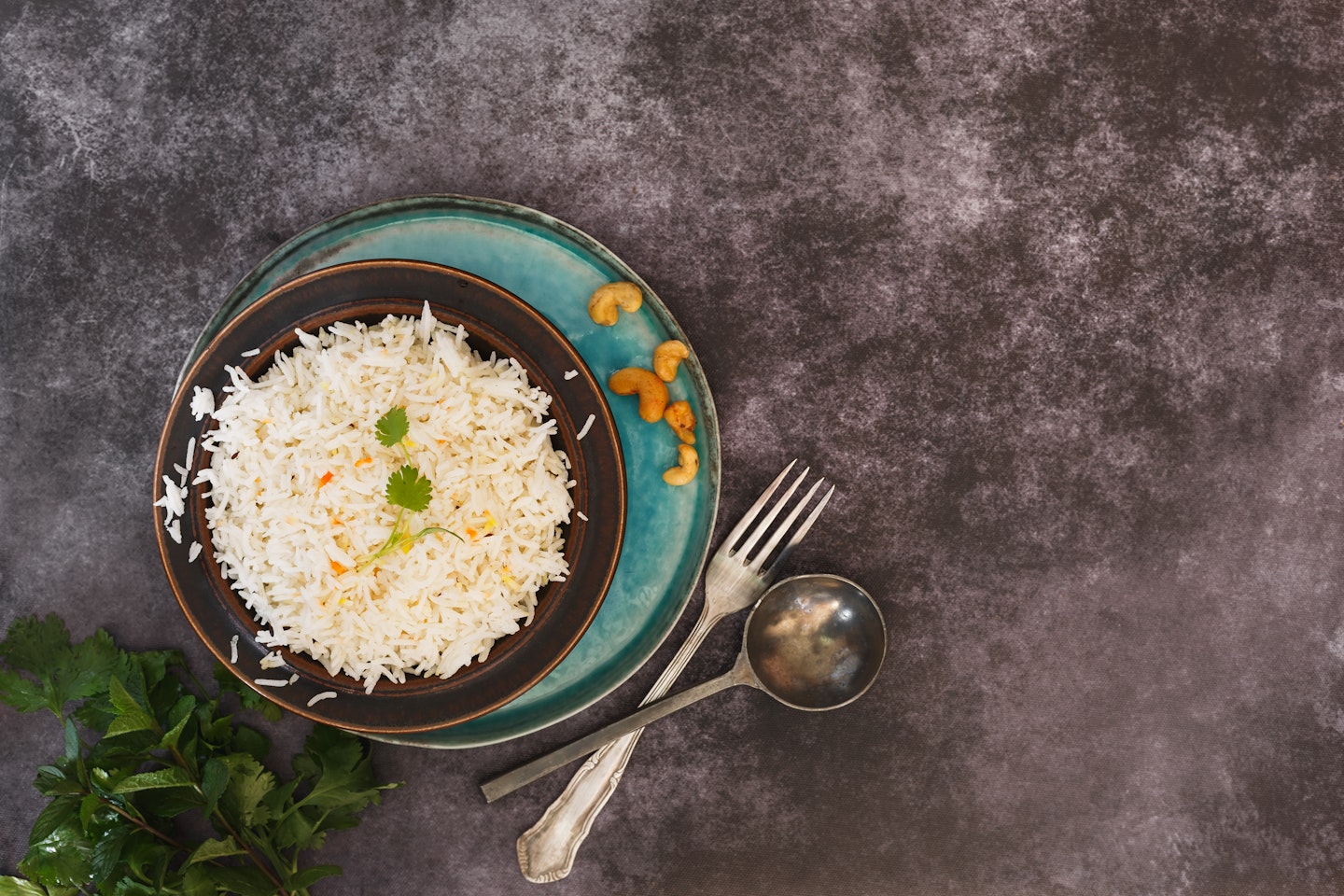 6 of 9
6 of 96) India
Khichdi or dal khichdi is a nutritious Indian dish prepared with lentils, rice, ghee a sprinkling of turmeric – ideal for babies of six months and over. For Hindu babies, their first taste of solid food is taken during the Annaprashan ceremony, when the baby is dressed in ceremonial clothes, blessed by a priest, and fed his first bite of rice pudding.
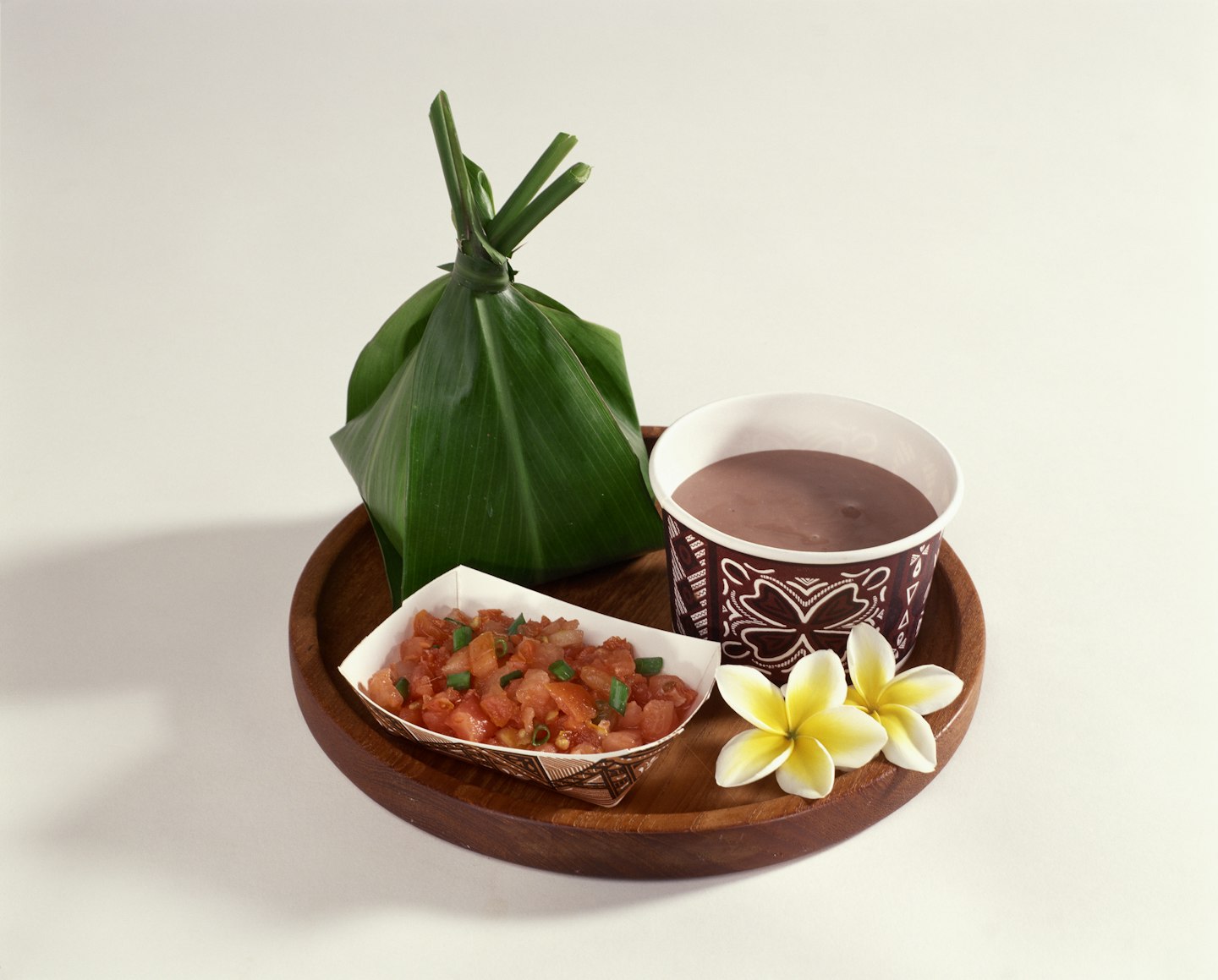 7 of 9
7 of 97) Hawaii
Poi, the fermented paste of the taro root plant, is the baby food staple in exotic Hawaii. An easily digestible ancient food from the islands, it is known for its hypoallergenic qualities and is naturally gluten free.
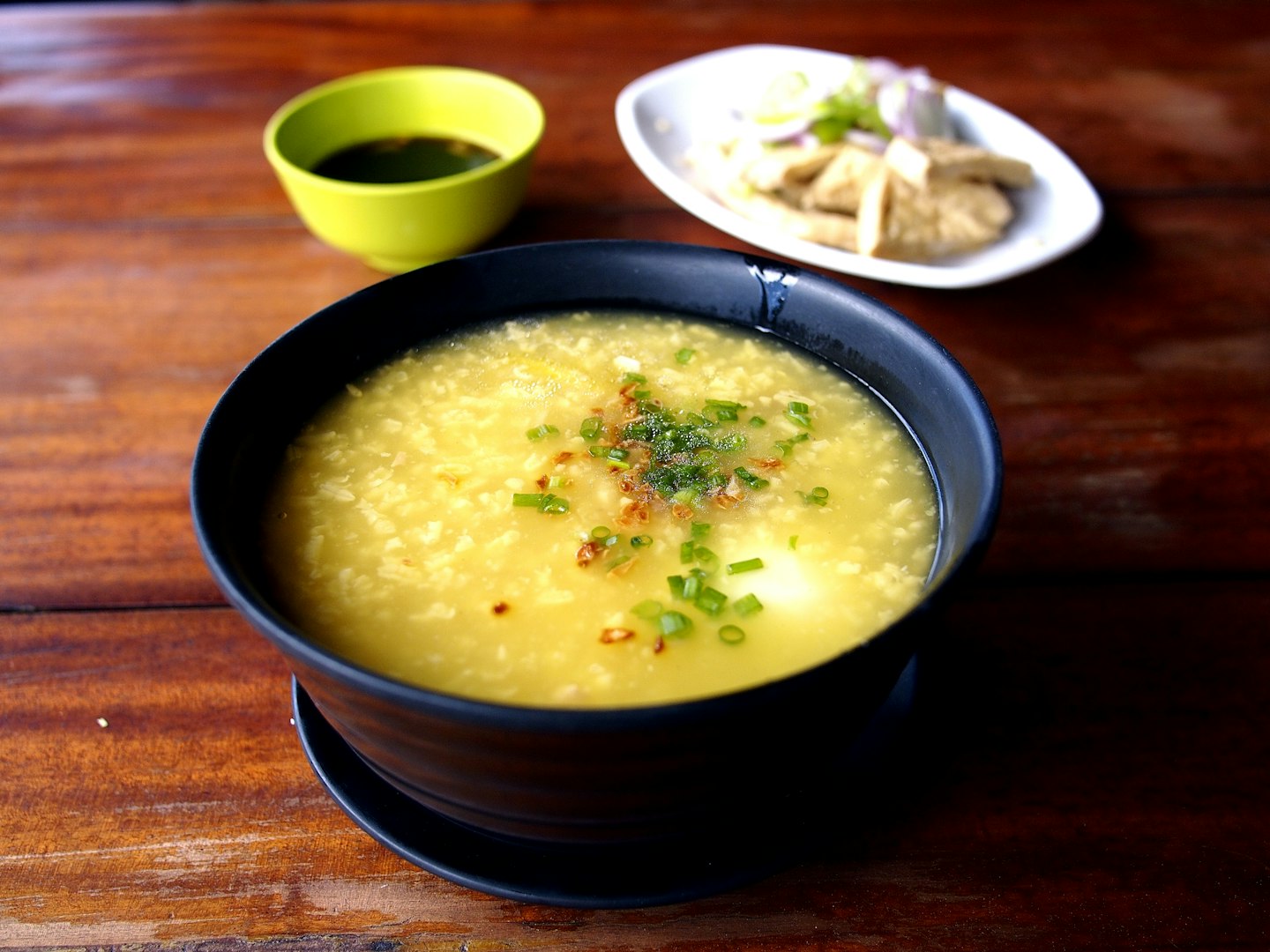 8 of 9
8 of 98) Philippines
A rice porridge called ‘Lugaw’ is often the first semi-solid food given to babies, which can also be cooked with chicken broth, ginger and garlic. It’s simple on the stomach and is often a popular broth for Philippinos when they’re feeling under the weather.
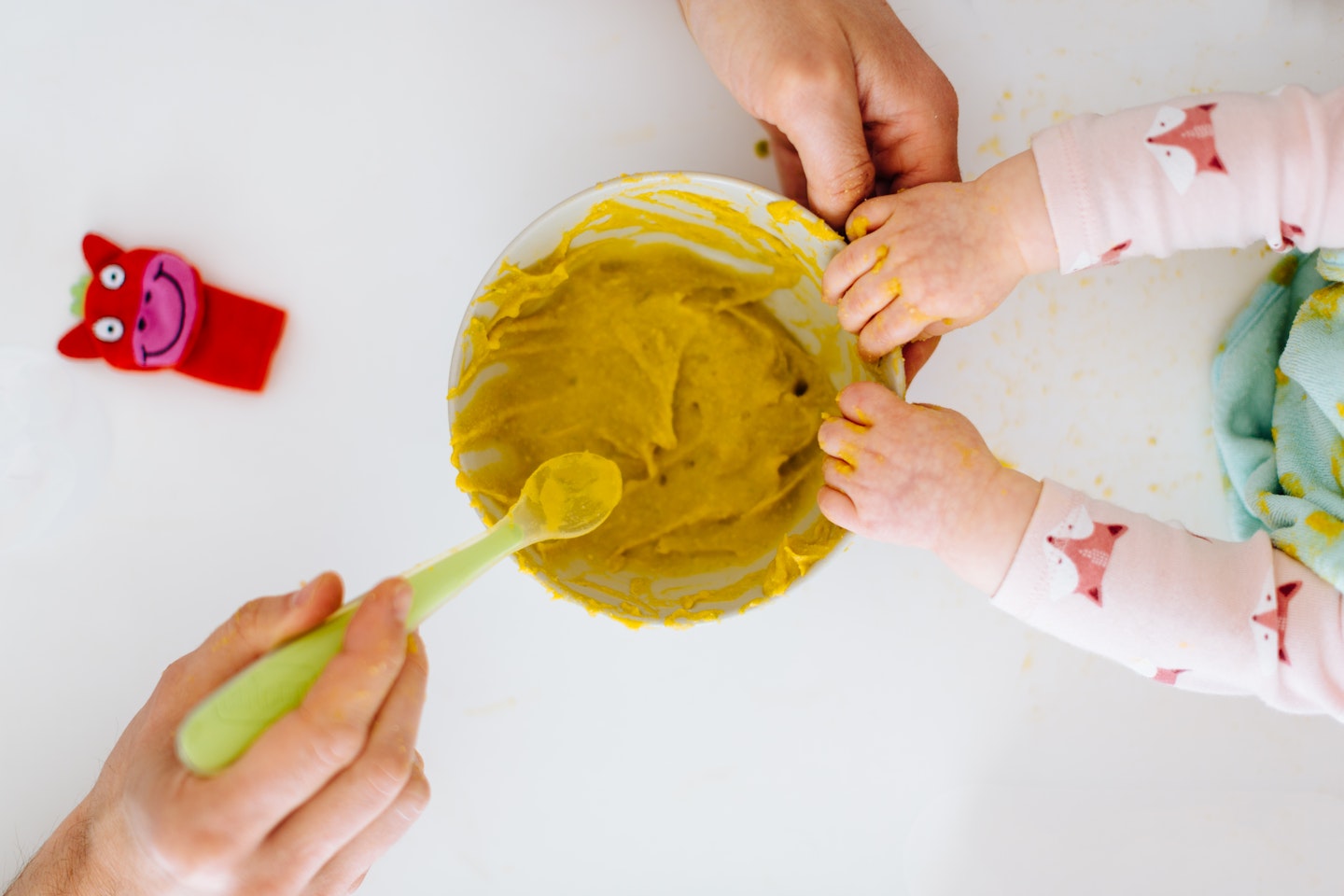 9 of 9
9 of 99) Italy
Italians make their veggie purees and broths (usually carrot and courgette) a tad more interesting with a swig of olive oil and a sprinkling of parmesan, introducing meats like chicken from six months onwards.
What was your little ones first food? Let us know on Facebook or Twitter!
Make sure you're following Mother & Baby on Instagram for relatable memes, inspiring stories and parenting hacks!
Join the club! Introducing our brand, spankin’ new Facebook group called #mumtribe. Simply search ‘#mumtribe’ into the search bar and meet like-minded mums, win gorgeous goodies and have some fun!
Have approx 60 seconds to spare? Why not join thousands of mums-to-be and start your very own Amazon baby wish list! They're absolutely free to create and perfect to send to the friends, aunties and your mum to make sure you're getting the baby products you really need...Click here!
